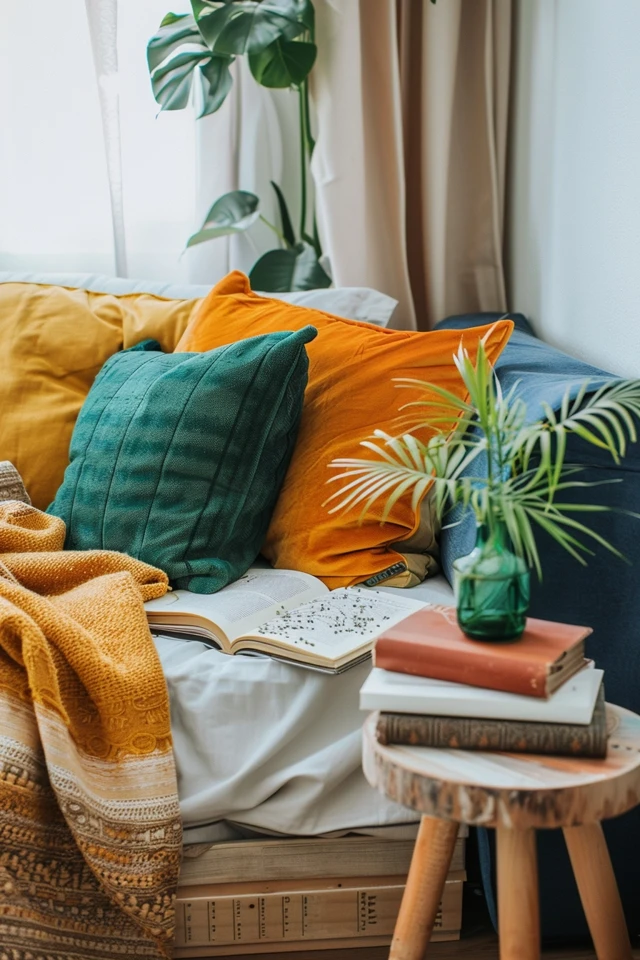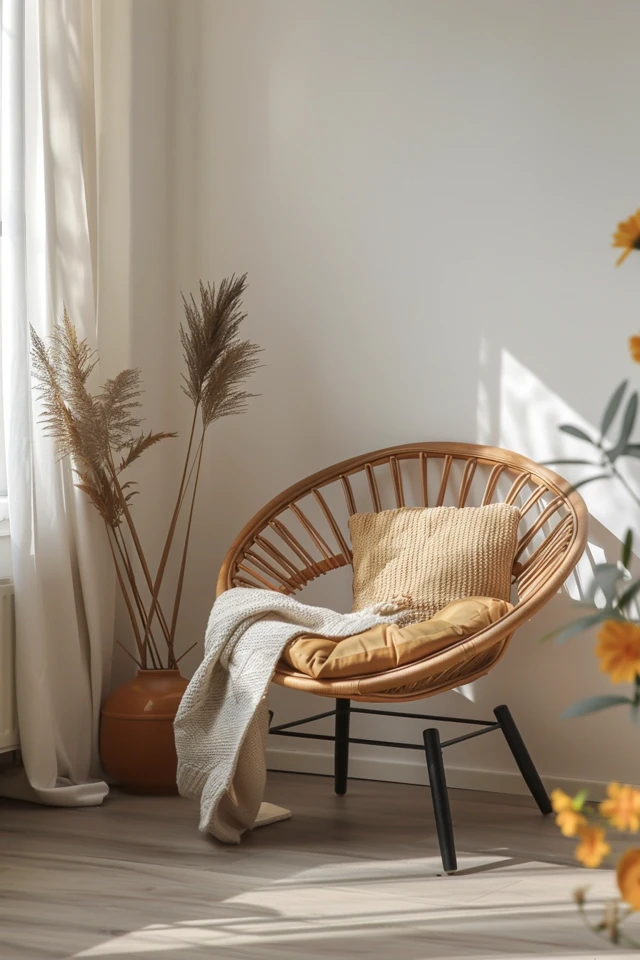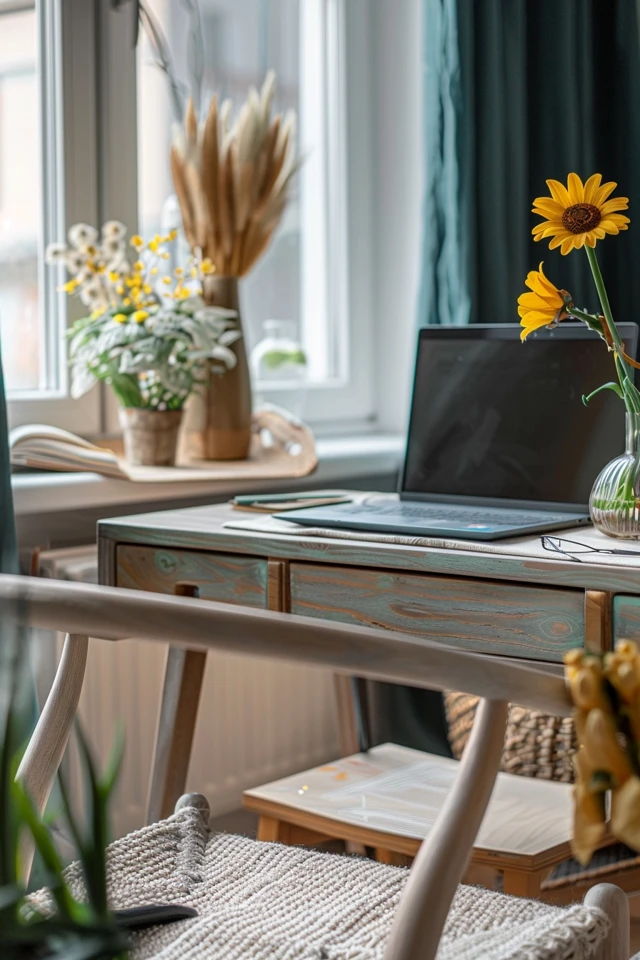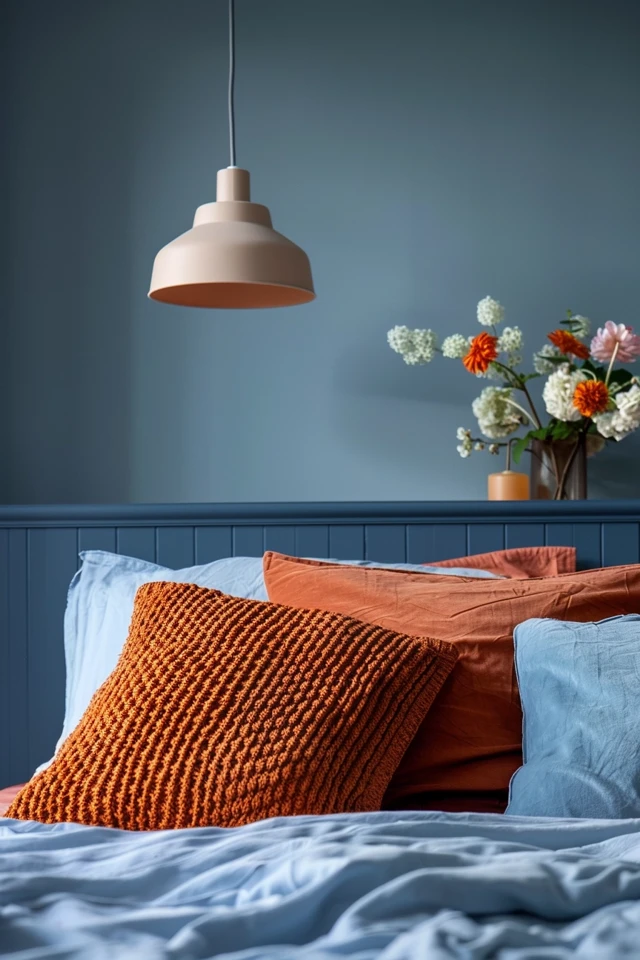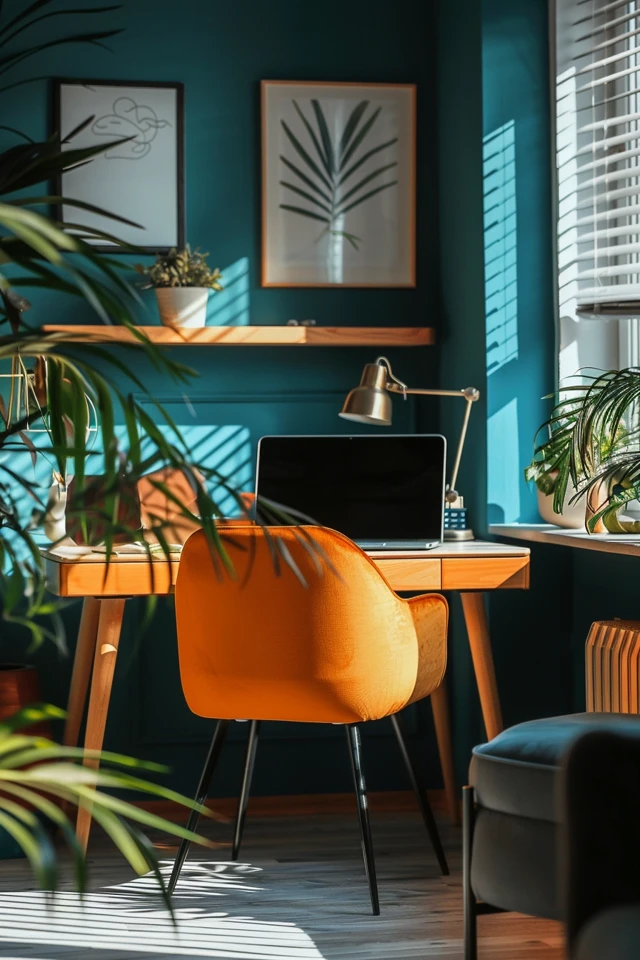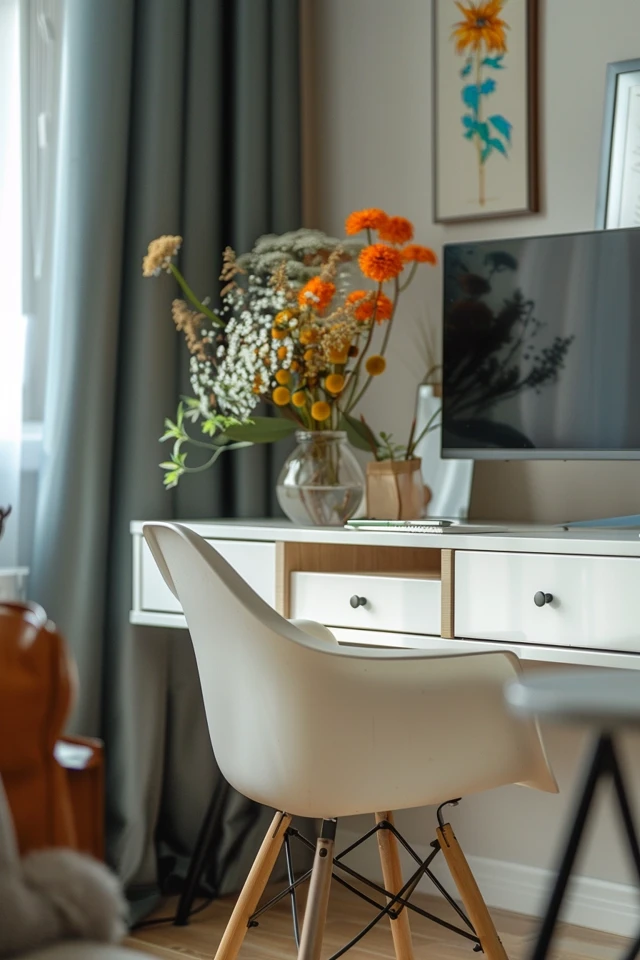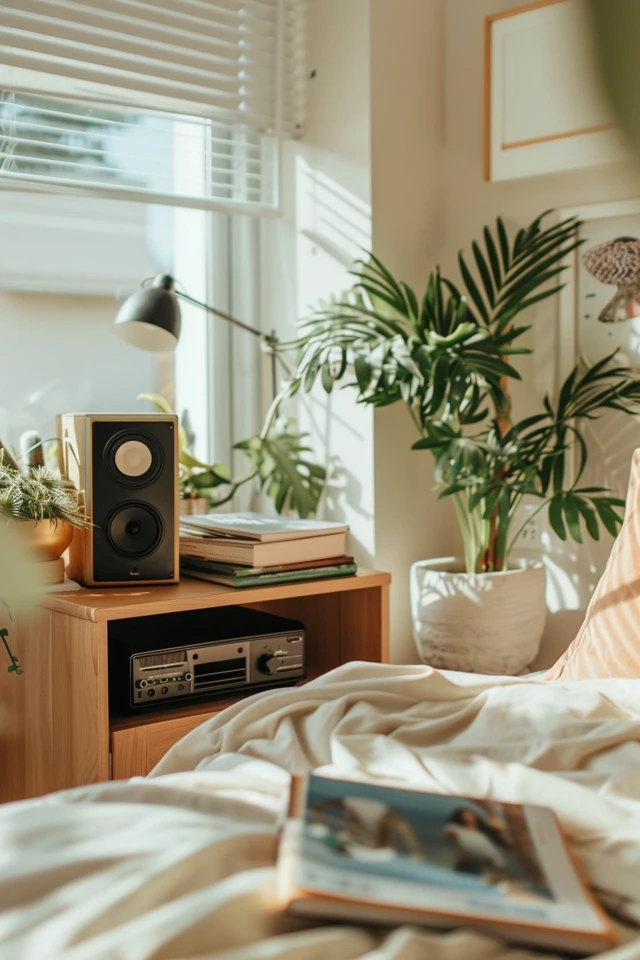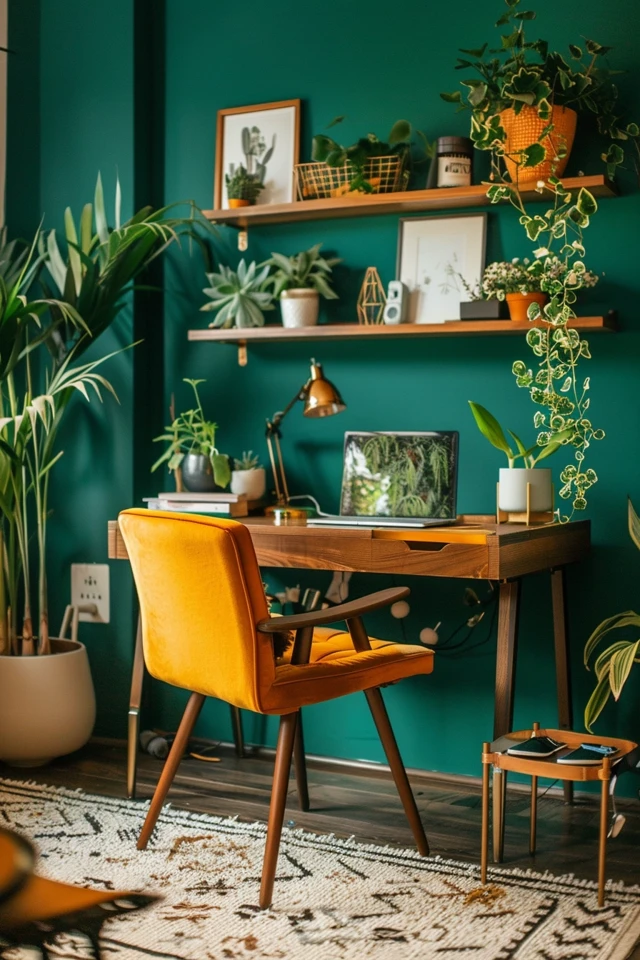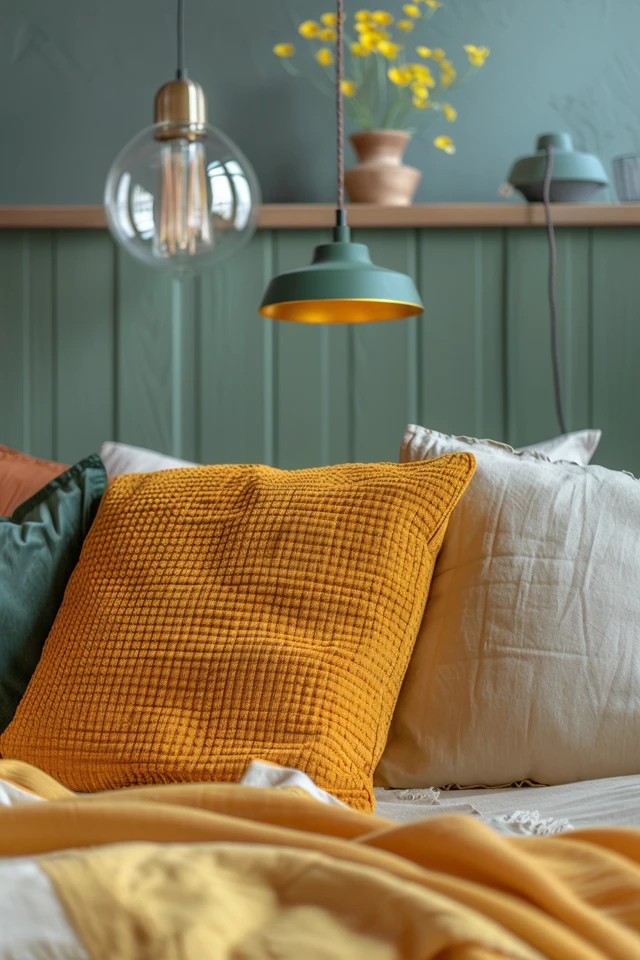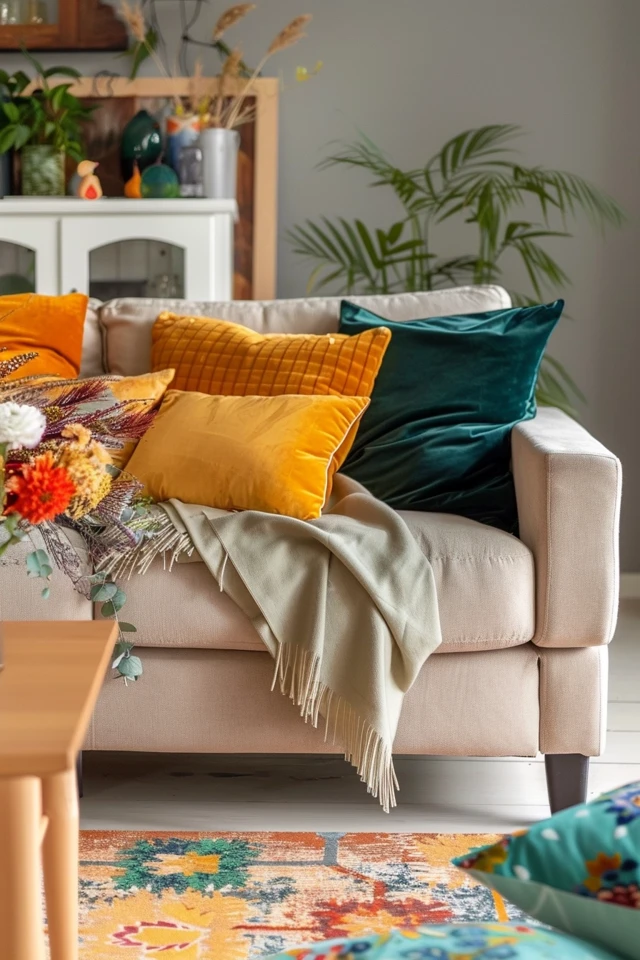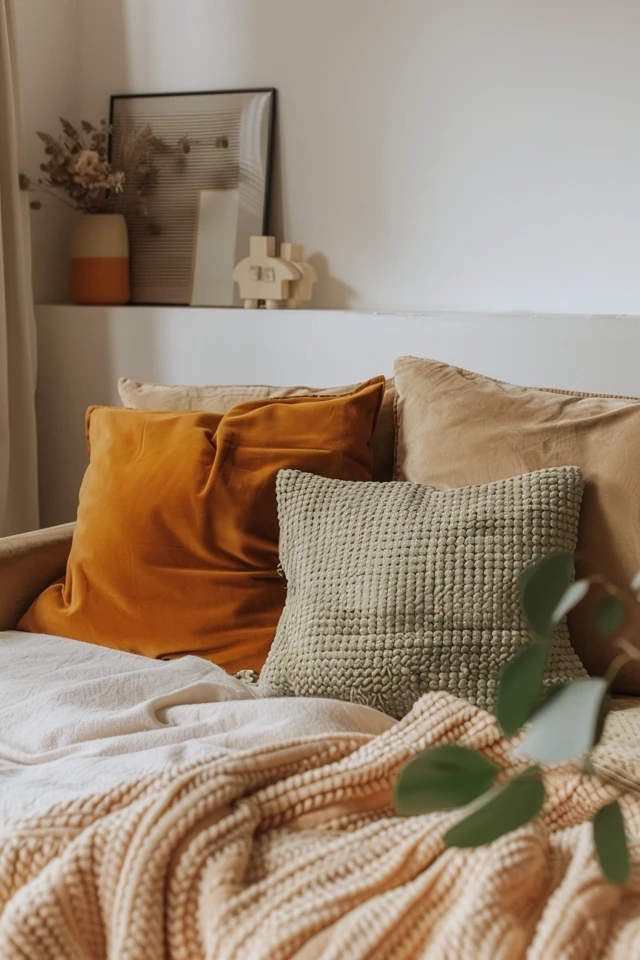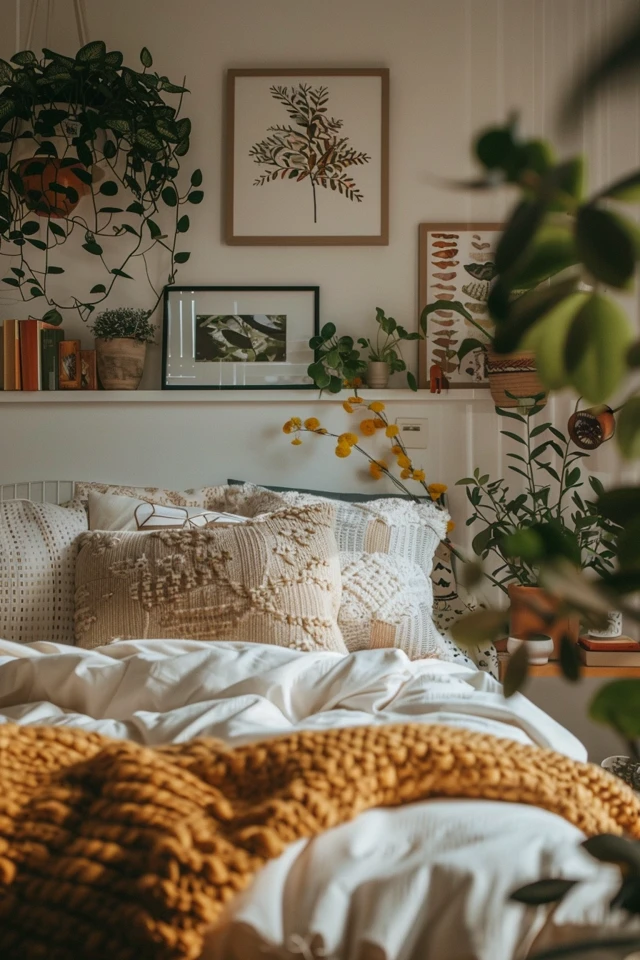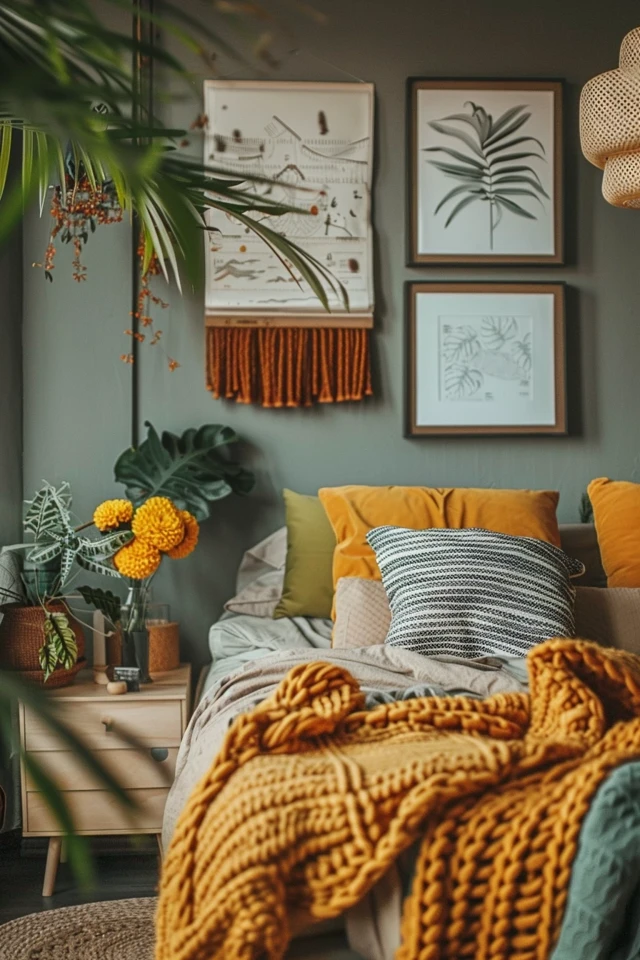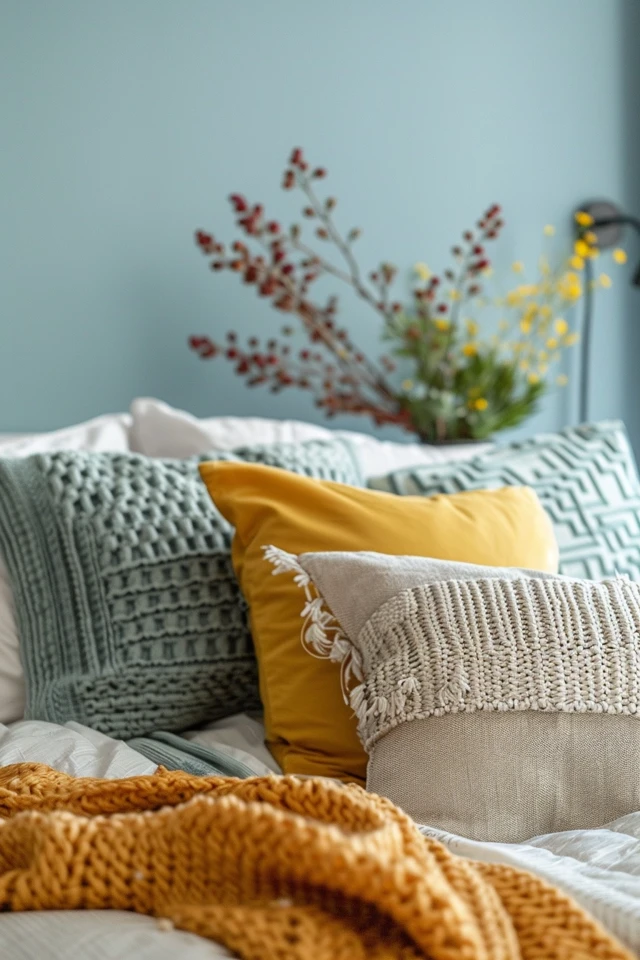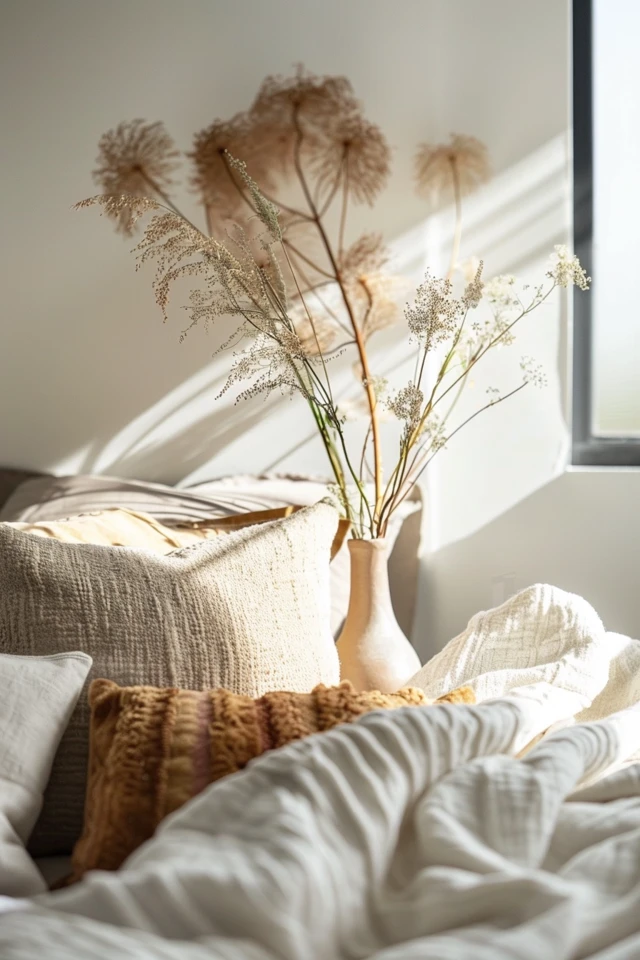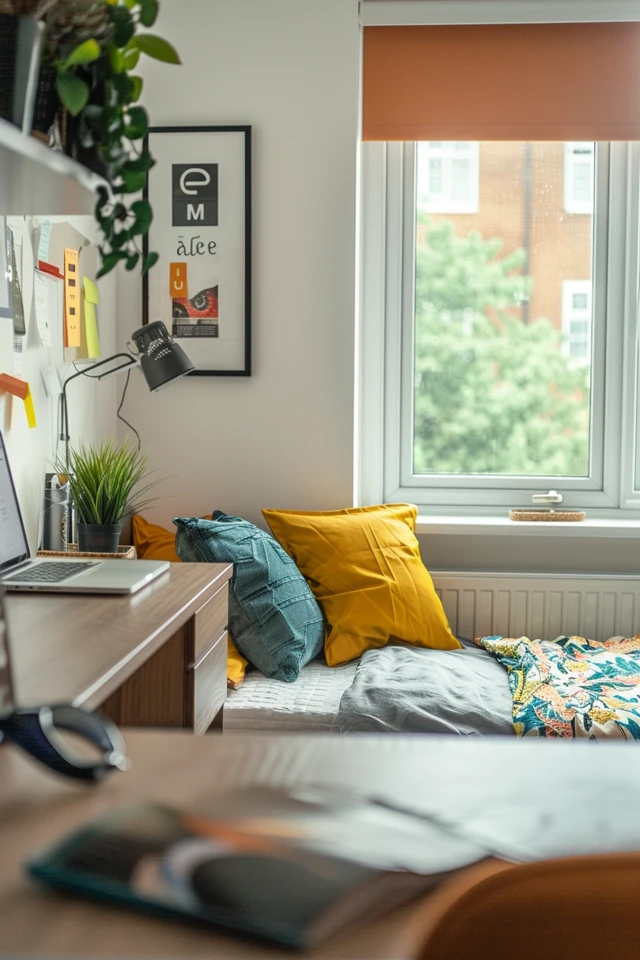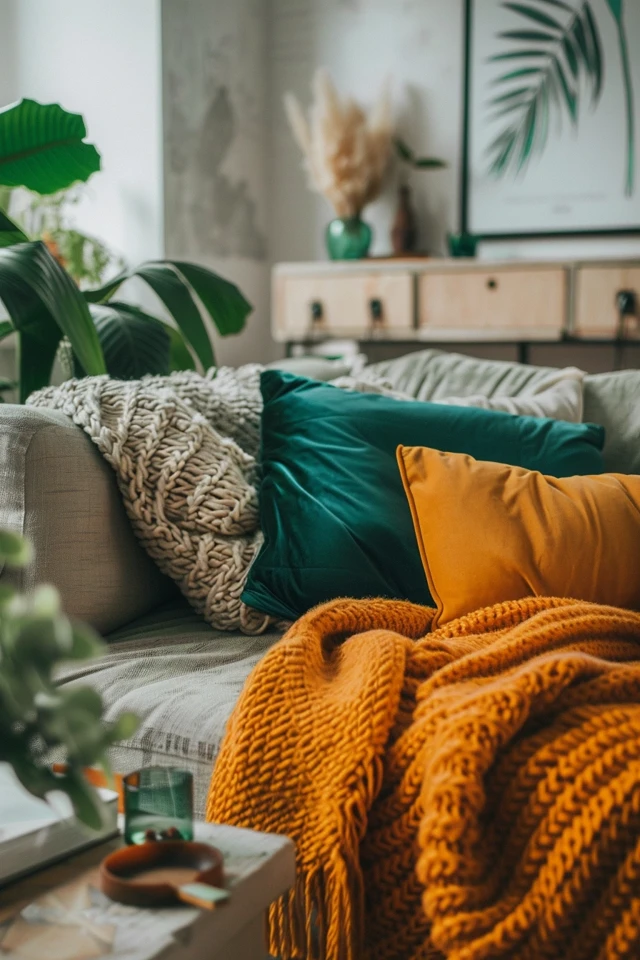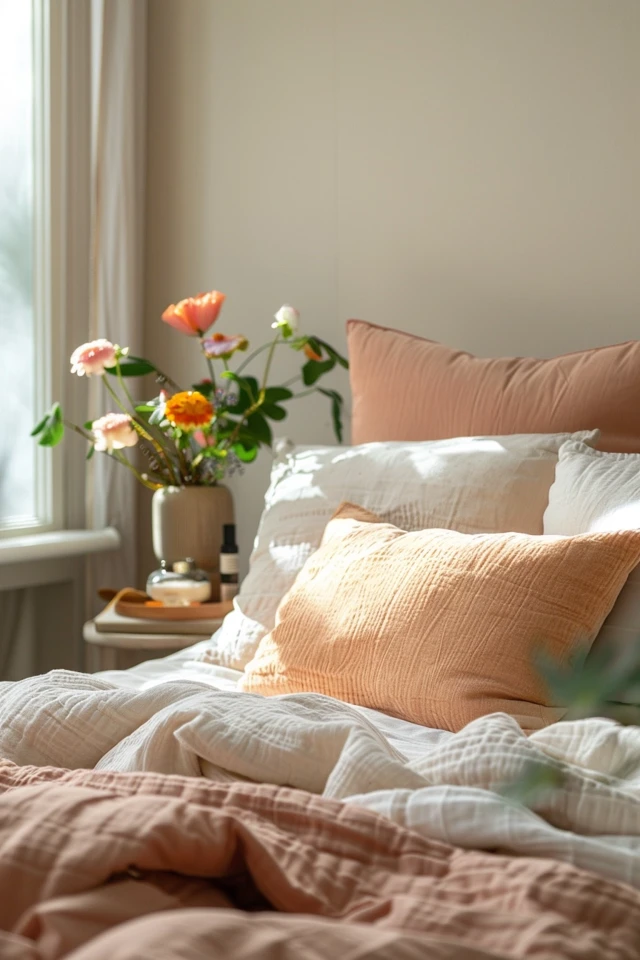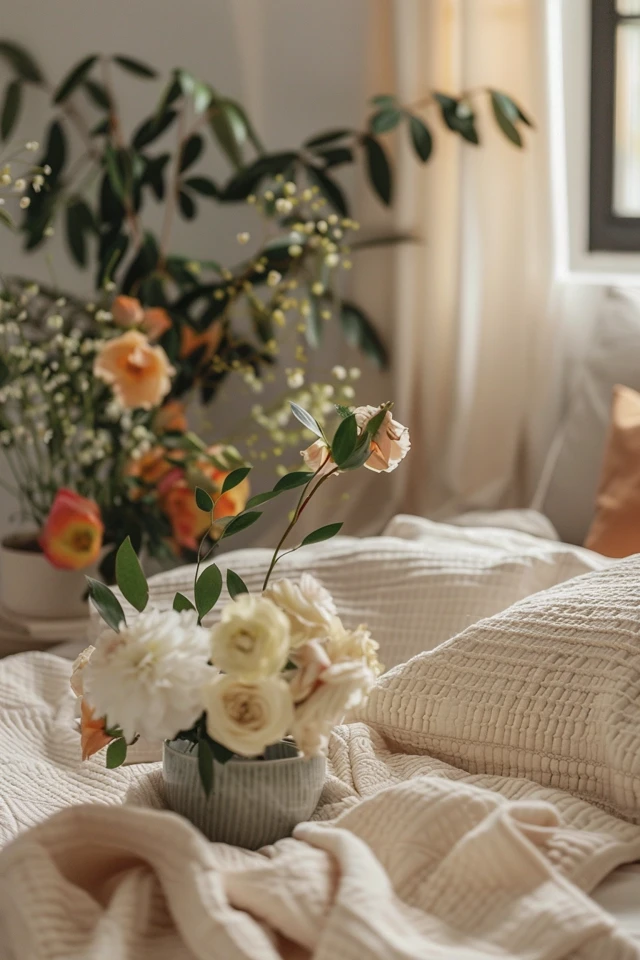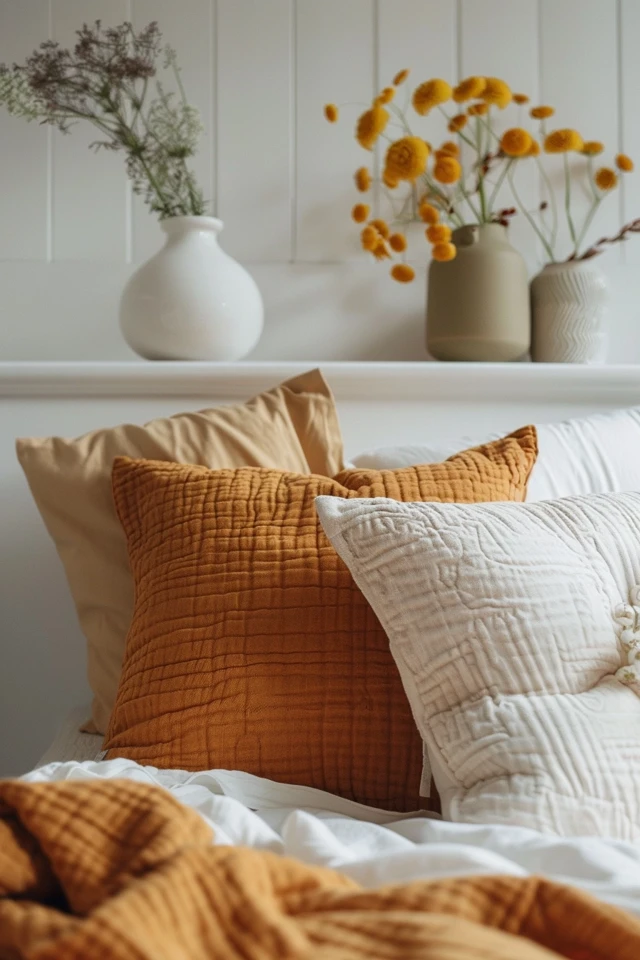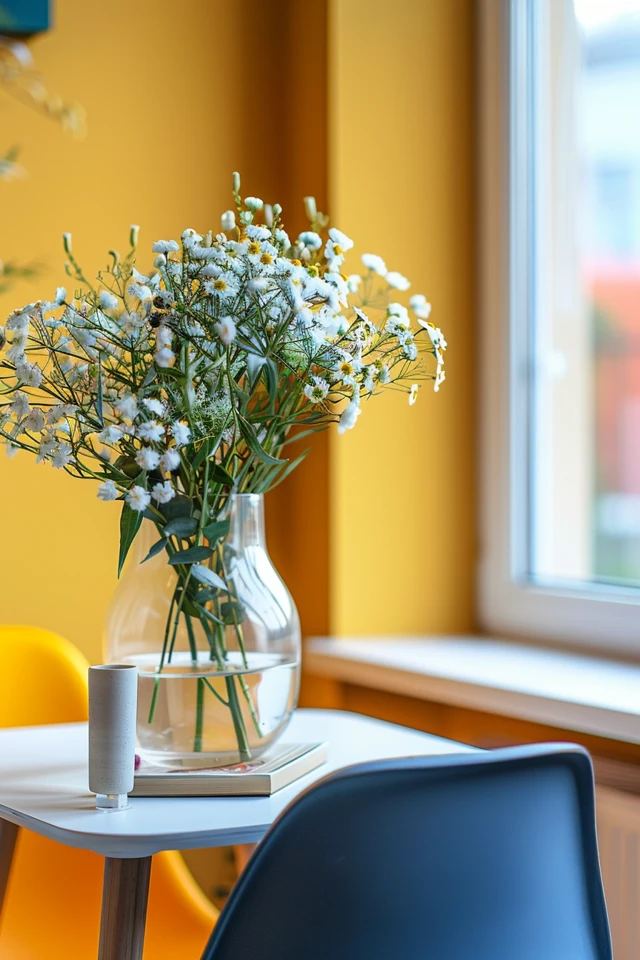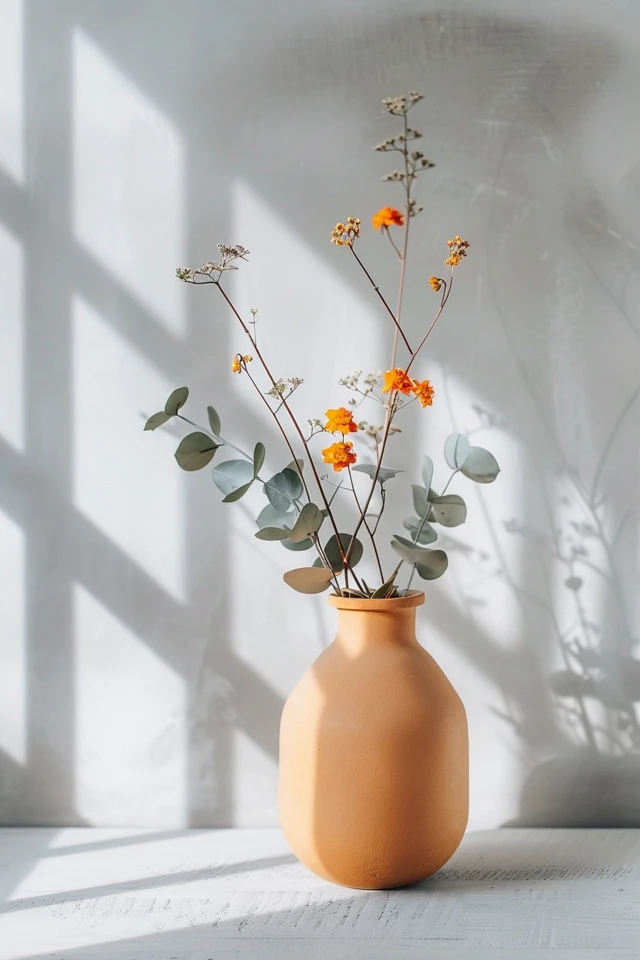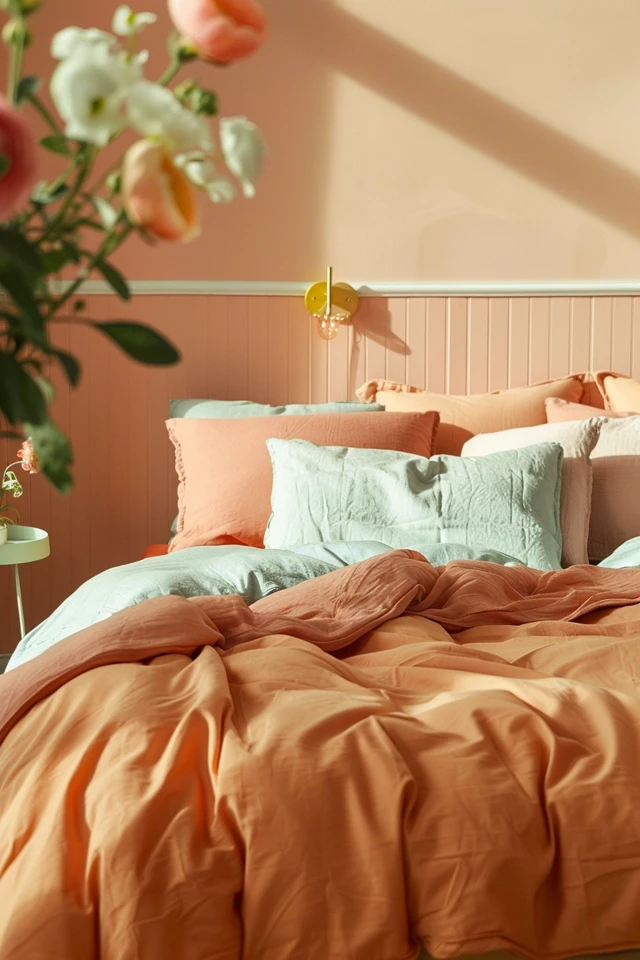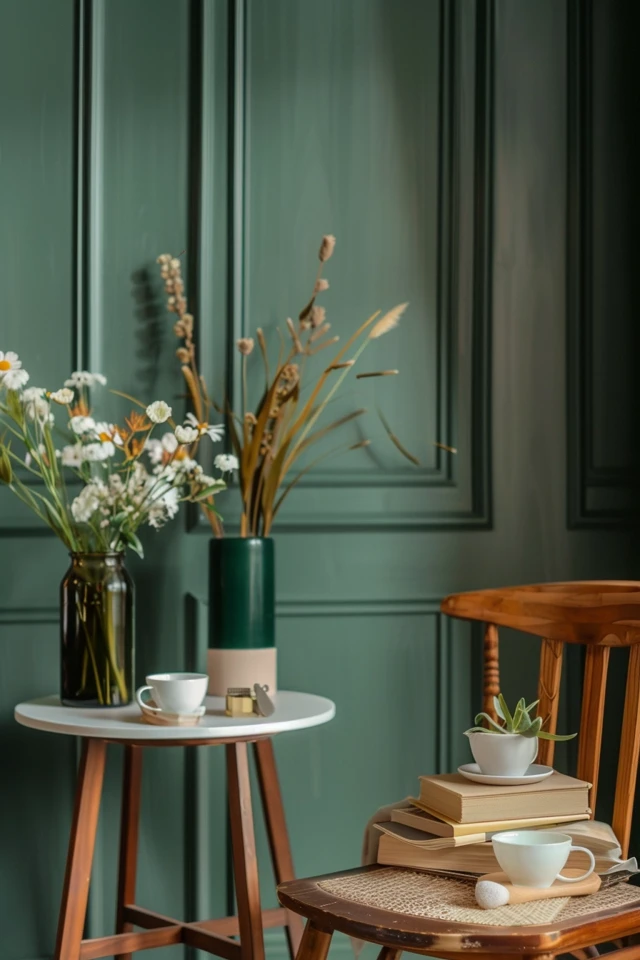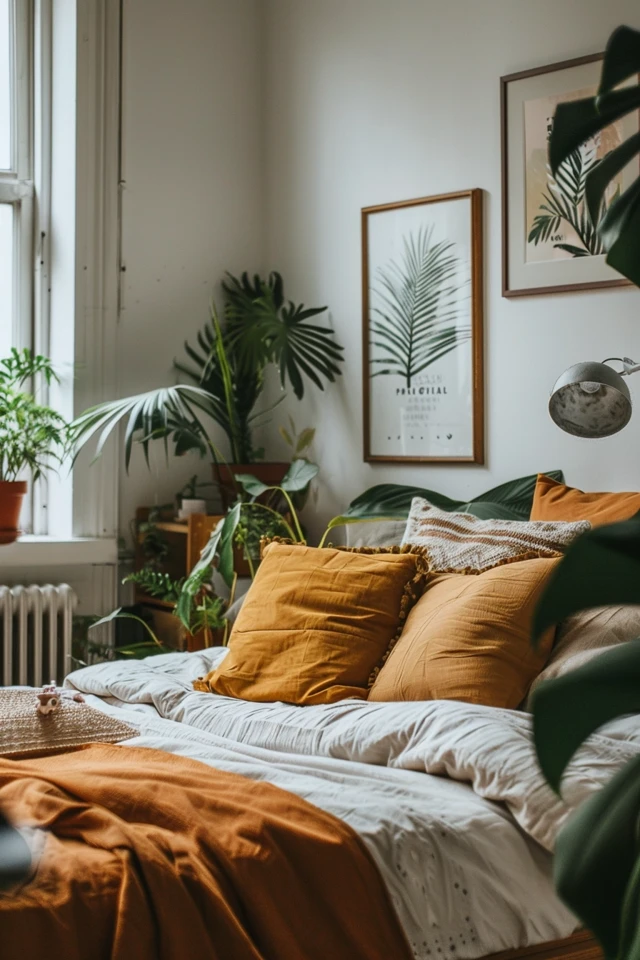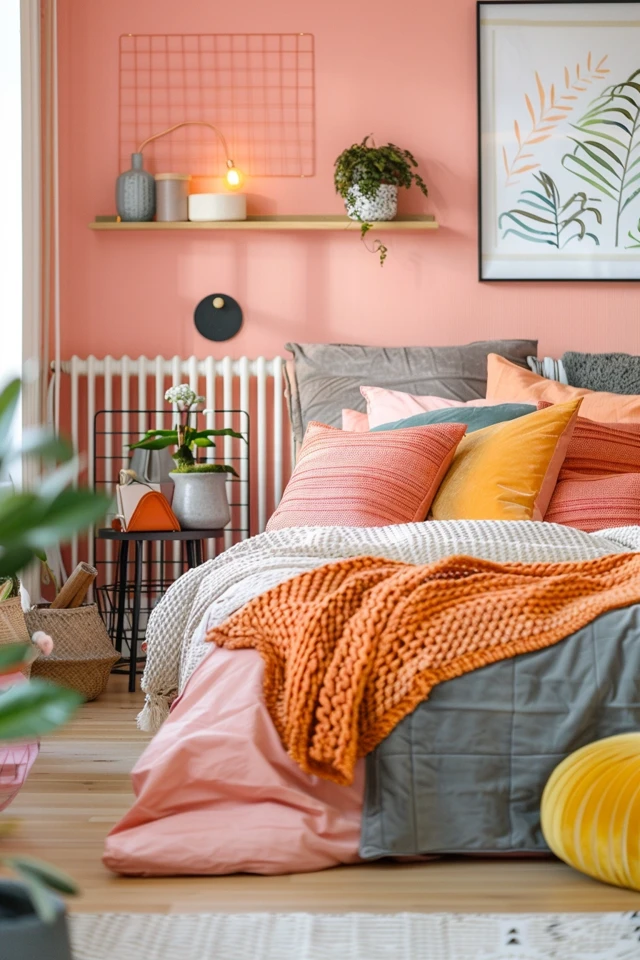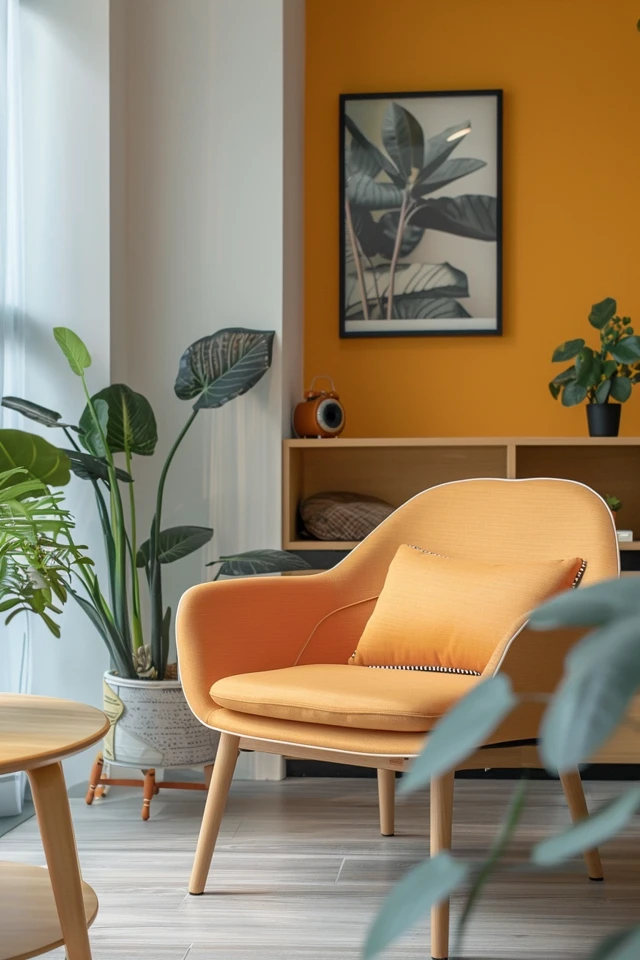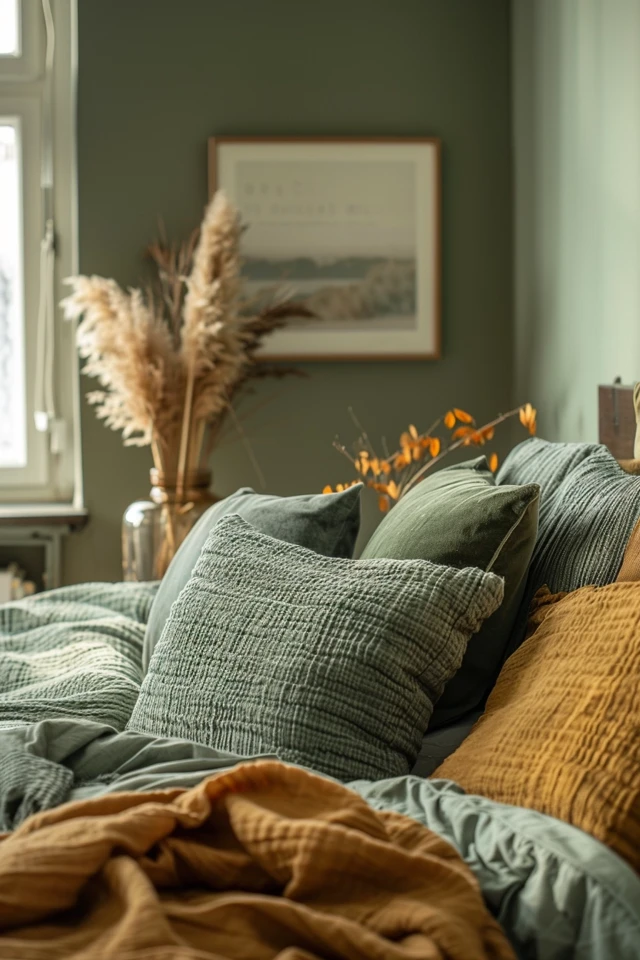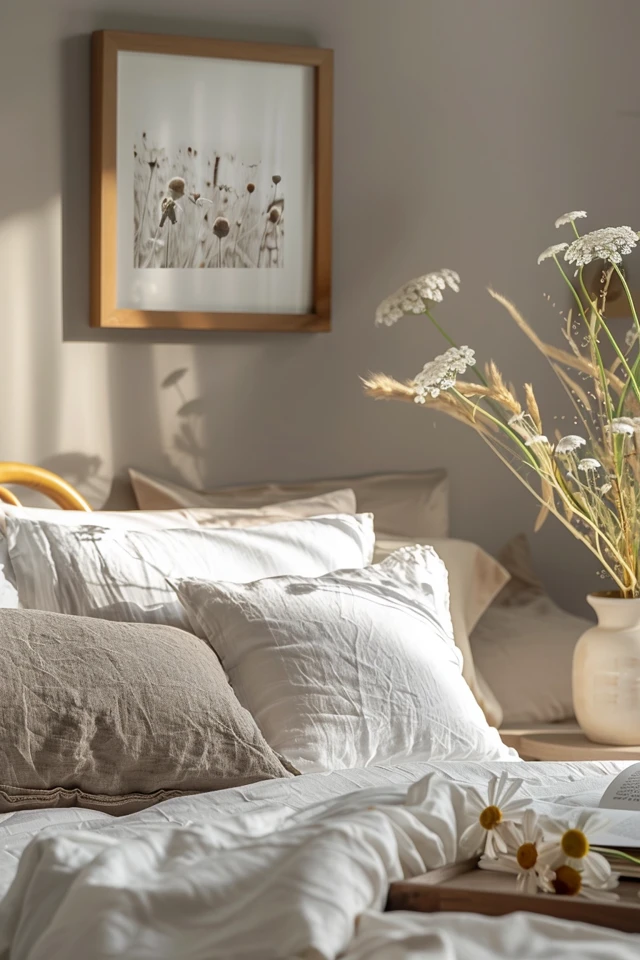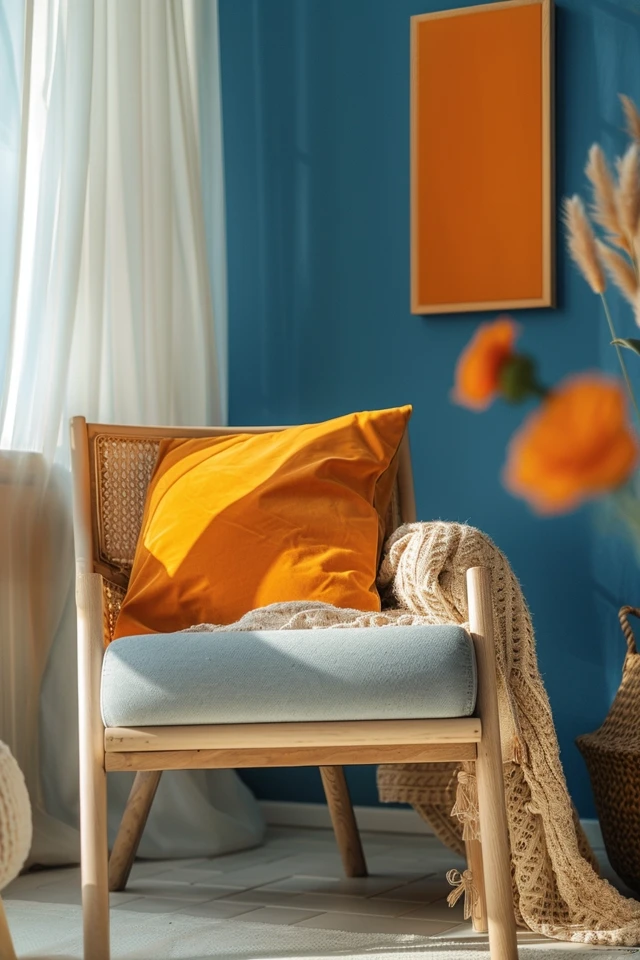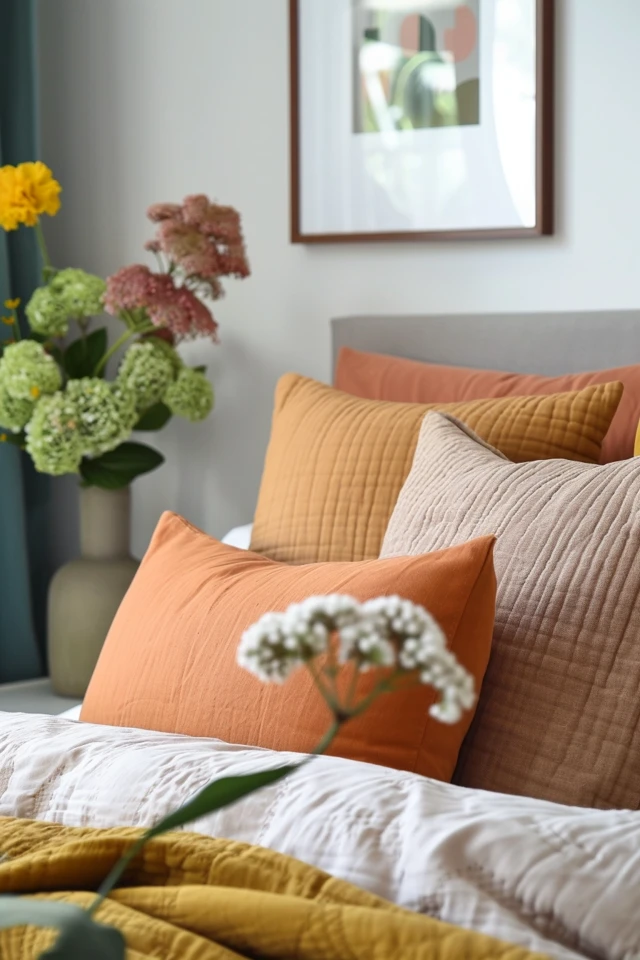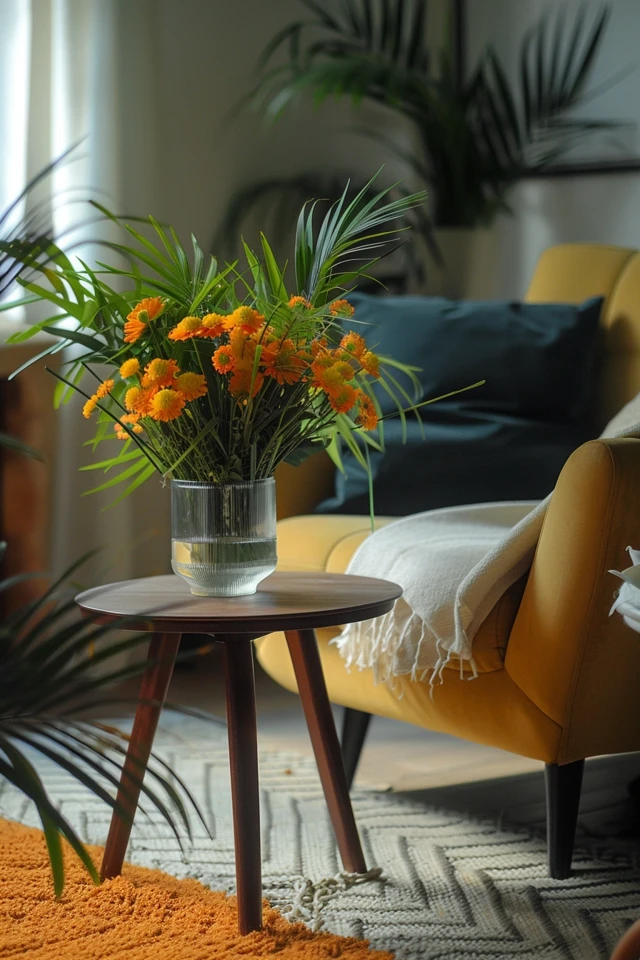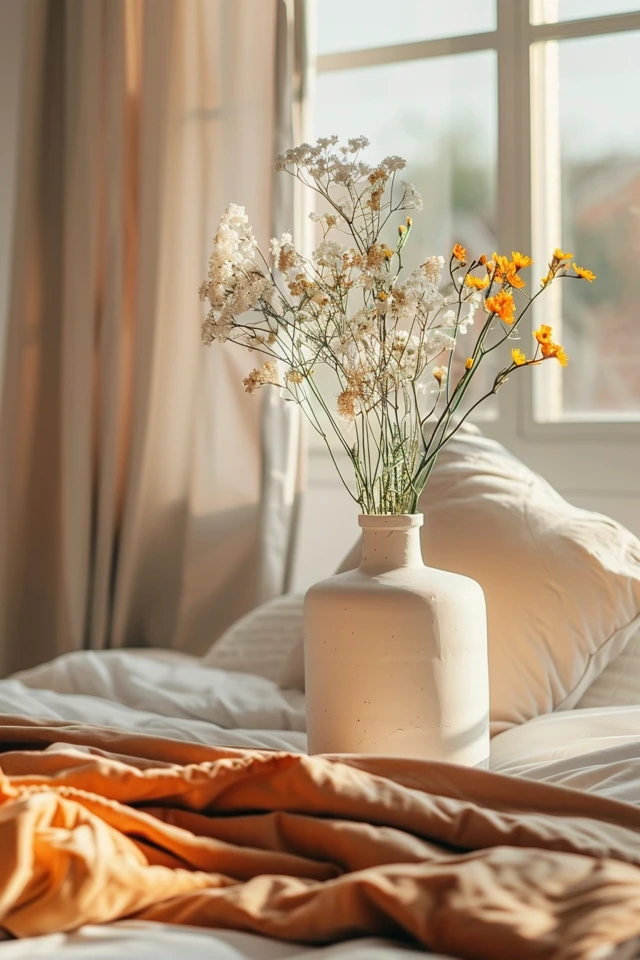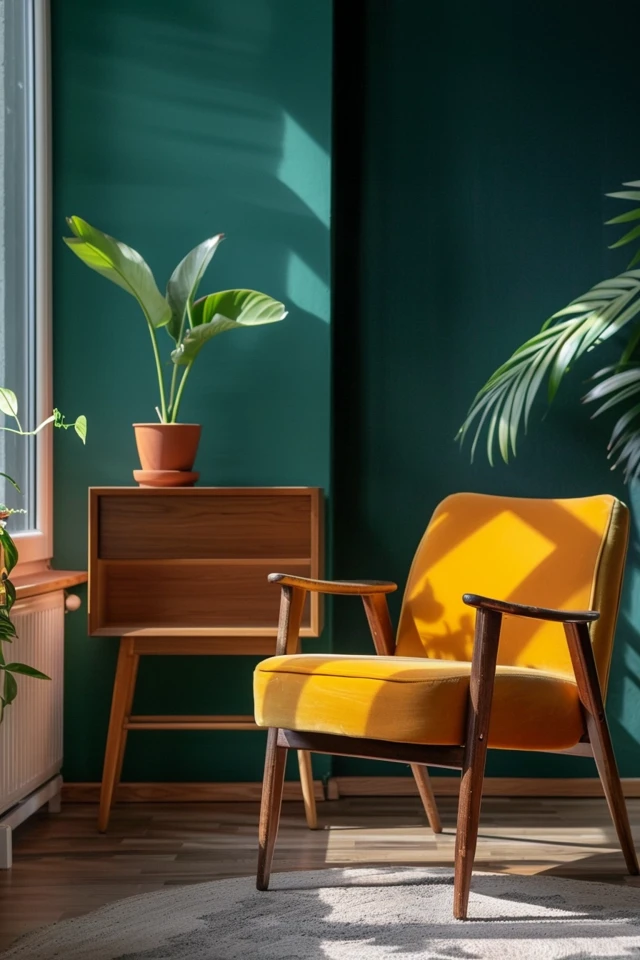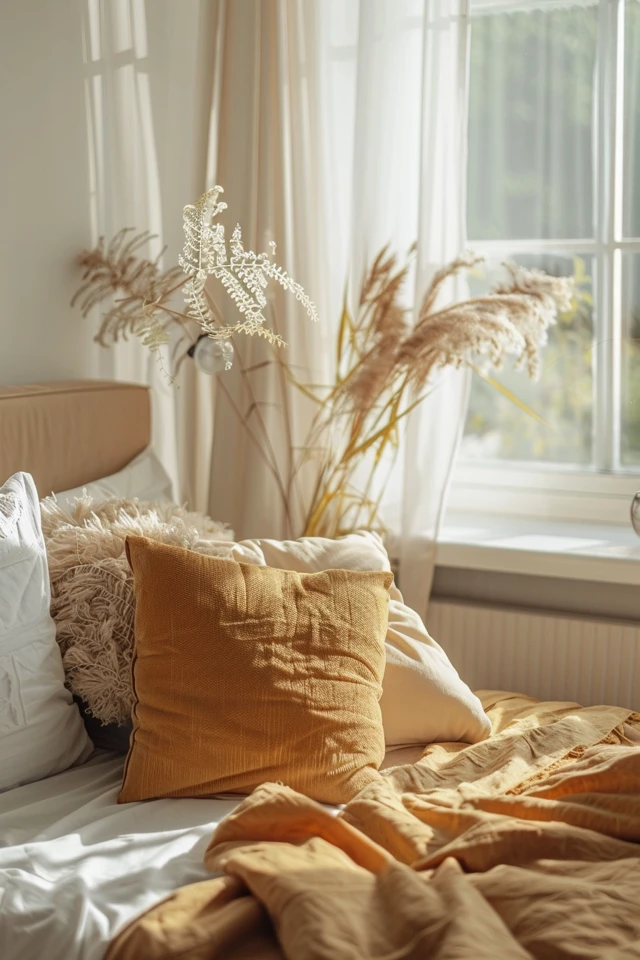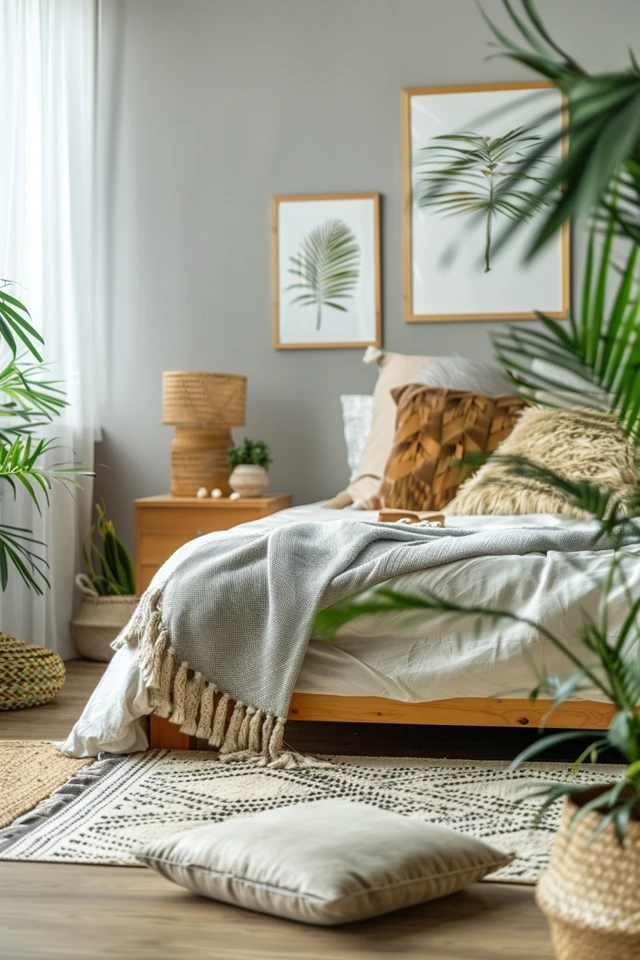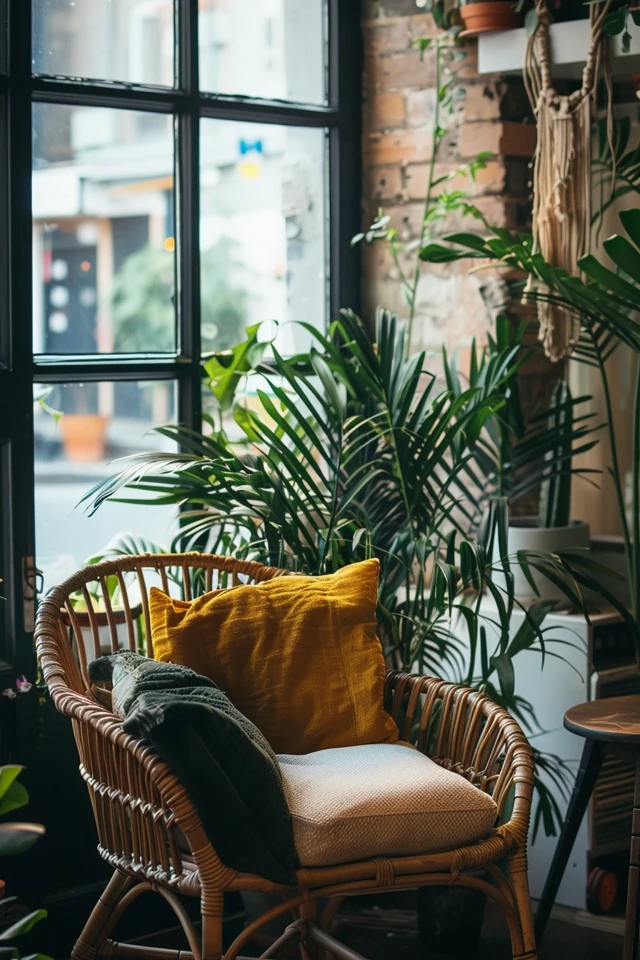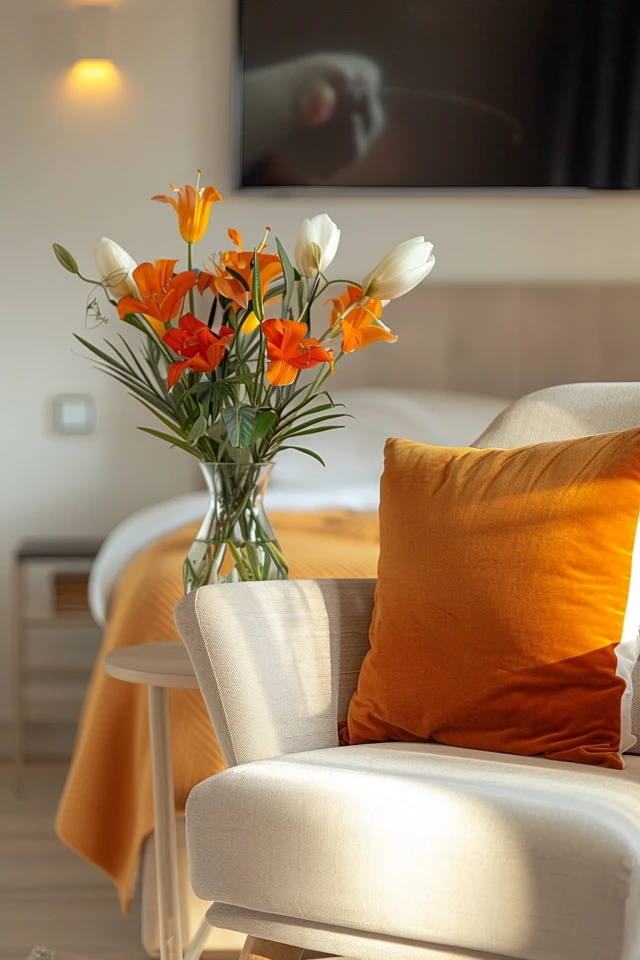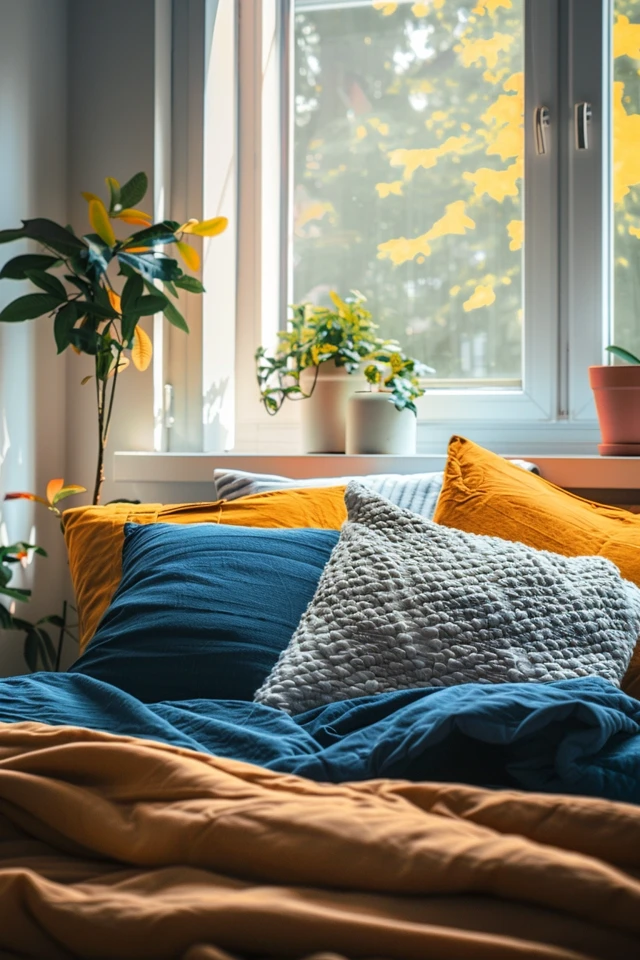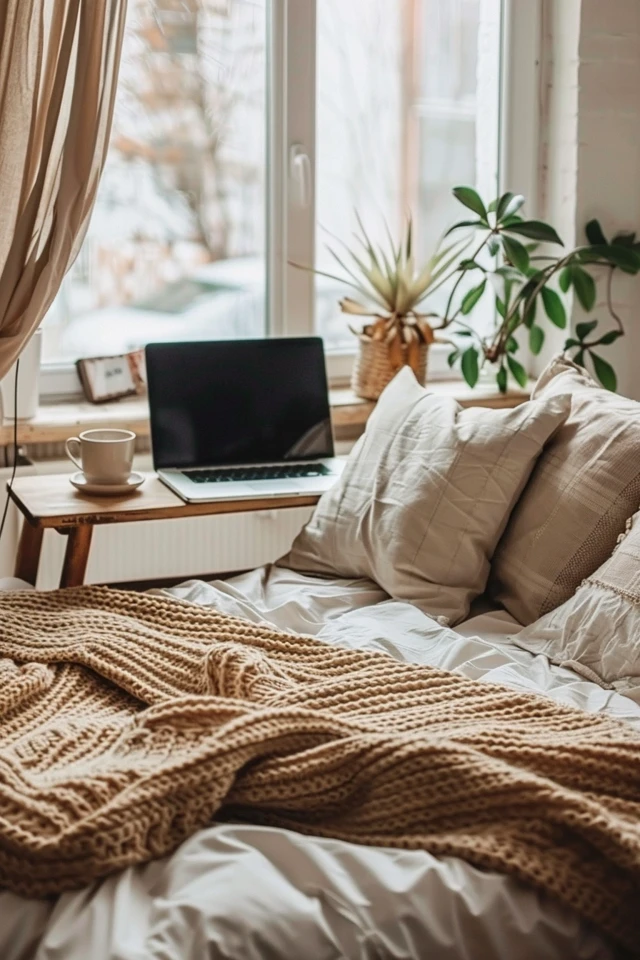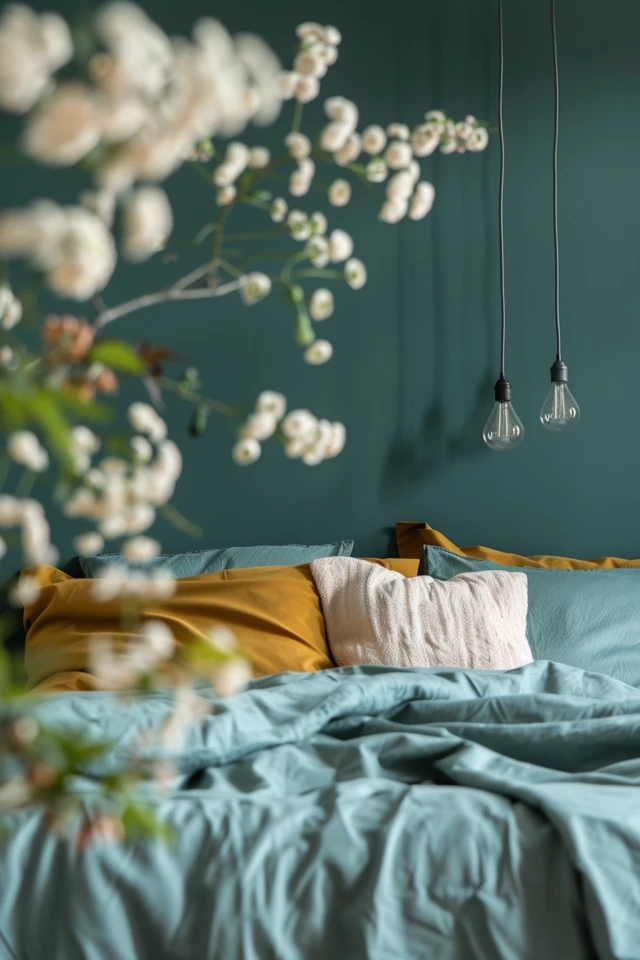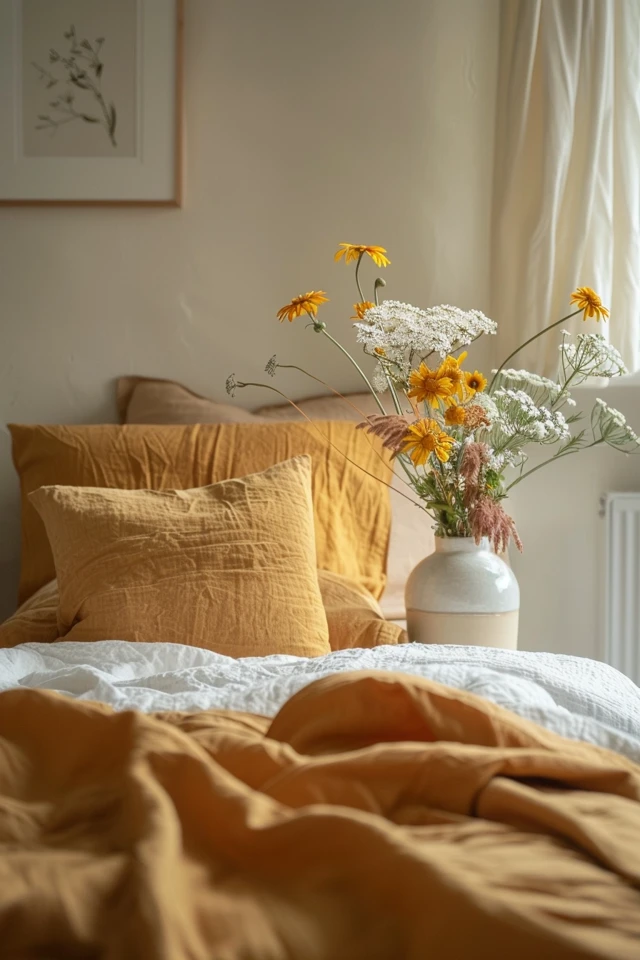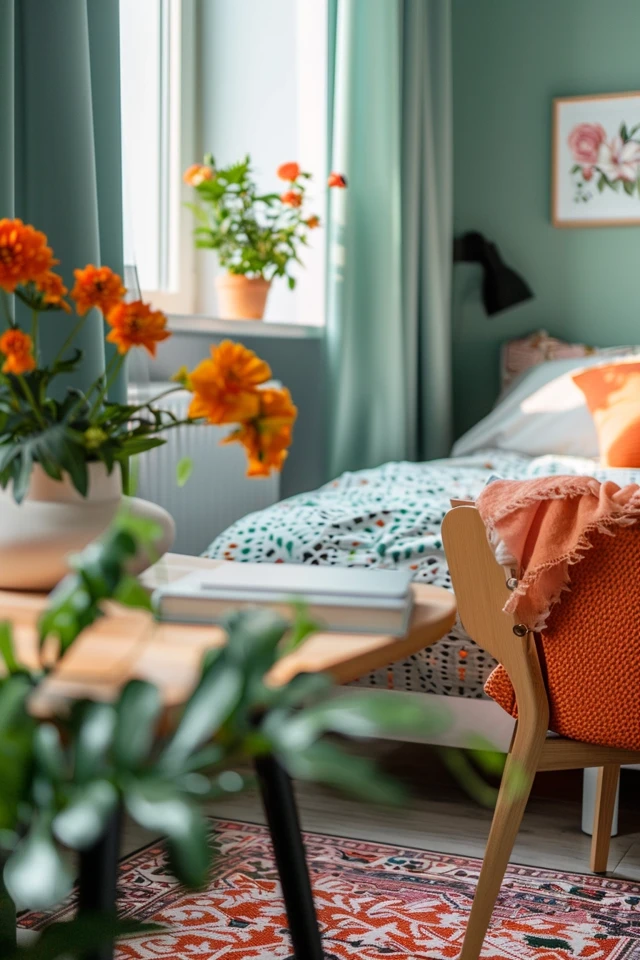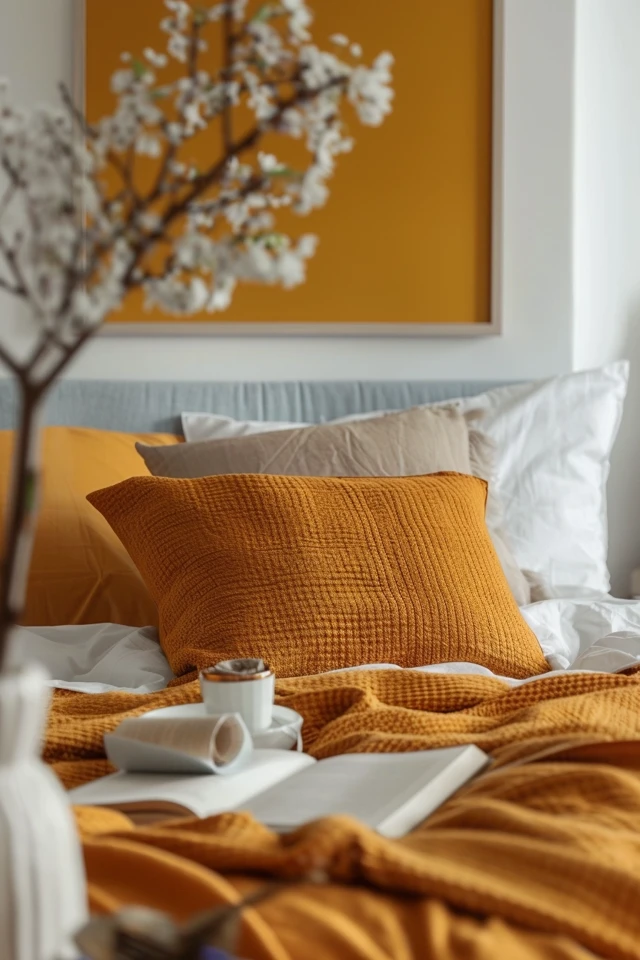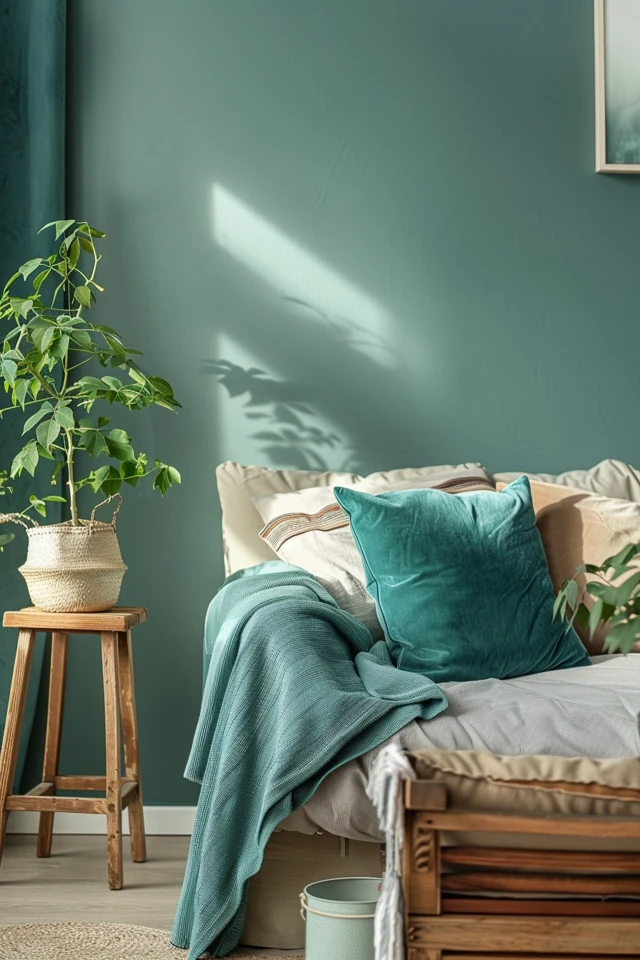Before Reading this Article, Hire Us As Your Designer or Take a Look at My Top 3 Amazon Picks!
If you are looking to blend Amazon's furniture finds with a personalized touch for your space, check out my portfolio, and hire us! You'll get 3 Idea boards, 2 Concept Boards, 2 Realistic Renderings, a Floor Plan, and a Shopping List! Everything's online, plus a 25% discount on your first online interior design project with my Havenly Promo code 4c7441bcfb. With over 2,000 designs since 2017 and top US brand partnerships, your project is in expert hands. US only. Ready to start?
Brazil's Emerald Oasis
(as of January 23, 2025 13:06 GMT -06:00 - More infoProduct prices and availability are accurate as of the date/time indicated and are subject to change. Any price and availability information displayed on [relevant Amazon Site(s), as applicable] at the time of purchase will apply to the purchase of this product.)Refreshing Uni Room Vibe Ideas for Students
Creating a vibrant and functional living space is essential for university students. A well-designed room can enhance productivity, provide a relaxing retreat, and foster creativity. As an architect and interior designer with expertise in evidence-based design, I’m here to share some refreshing ideas to help students transform their uni rooms into stylish and functional sanctuaries.
Key Takeaways:
- Incorporate multifunctional furniture to maximize space.
- Use vibrant colors and patterns to energize the room.
- Create designated zones for studying, sleeping, and relaxing.
- Add personal touches to make the space feel like home.
- Ensure good lighting to boost productivity and mood.
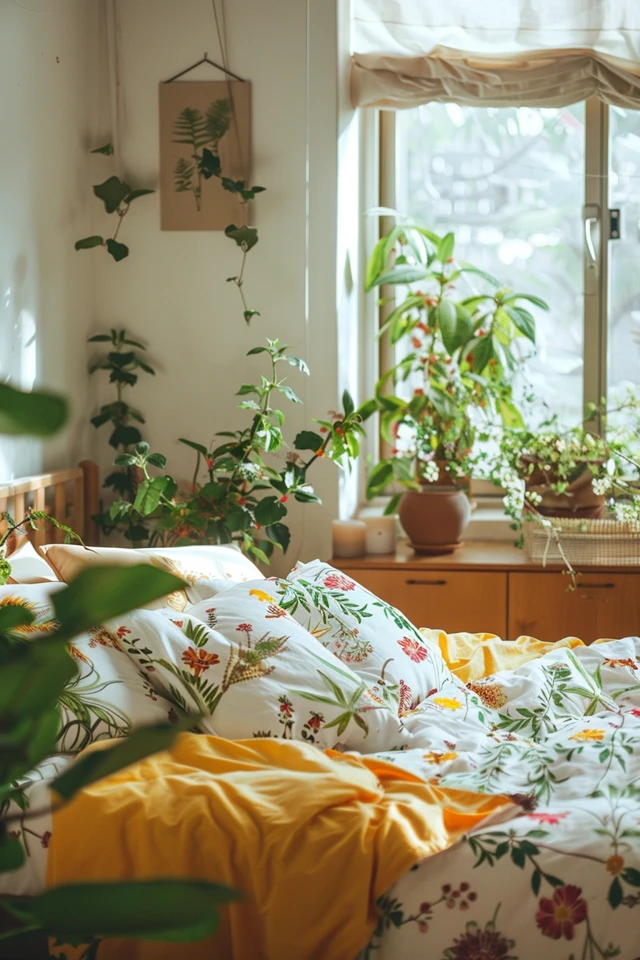
1. Incorporate Multifunctional Furniture
Maximizing the limited space in a uni room is crucial. Multifunctional furniture is a great solution to create a versatile and organized environment.
Loft Beds: Loft beds are an excellent space-saving solution. They free up floor space for a desk, seating area, or additional storage underneath. This setup not only maximizes space but also creates distinct zones for sleeping and studying.
Convertible Furniture: Invest in convertible furniture like futons, sofa beds, or folding desks. These pieces can serve multiple purposes, making them ideal for small rooms. For example, a futon can function as a sofa during the day and a bed at night.
Storage Solutions: Utilize storage solutions such as under-bed storage boxes, wall-mounted shelves, and multi-drawer cabinets. These options help keep the room tidy and organized, ensuring that all belongings have their designated place.
Desk with Shelves: Choose a desk with built-in shelves or compartments. This design provides ample space for books, stationery, and other study essentials, keeping the workspace clutter-free.
Ottomans and Poufs: Ottomans and poufs can double as seating and storage. Look for ones with removable tops to store items like blankets, pillows, or study materials inside.
2. Use Vibrant Colors and Patterns
Incorporating vibrant colors and patterns can energize the space and make it feel more dynamic and inspiring.
Accent Walls: Create an accent wall using a bold color or patterned wallpaper. This can add visual interest and personality to the room without overwhelming the entire space. Consider colors like teal, mustard, or coral for a refreshing vibe.
Textiles: Use colorful textiles such as bedspreads, cushions, and curtains to add pops of color and pattern. Opt for geometric prints, stripes, or florals to create a lively and inviting atmosphere.
Rugs: A vibrant rug can anchor the room and add warmth and texture. Choose a rug with a bold pattern or bright color to make a statement and tie the room together.
Wall Art: Decorate the walls with colorful artwork, posters, or tapestries. These pieces can reflect personal interests and add a sense of identity to the room. Consider creating a gallery wall for a curated and cohesive look.
Desk Accessories: Incorporate colorful desk accessories like pen holders, organizers, and lamps. These items can brighten up the study area and make it more enjoyable to use.
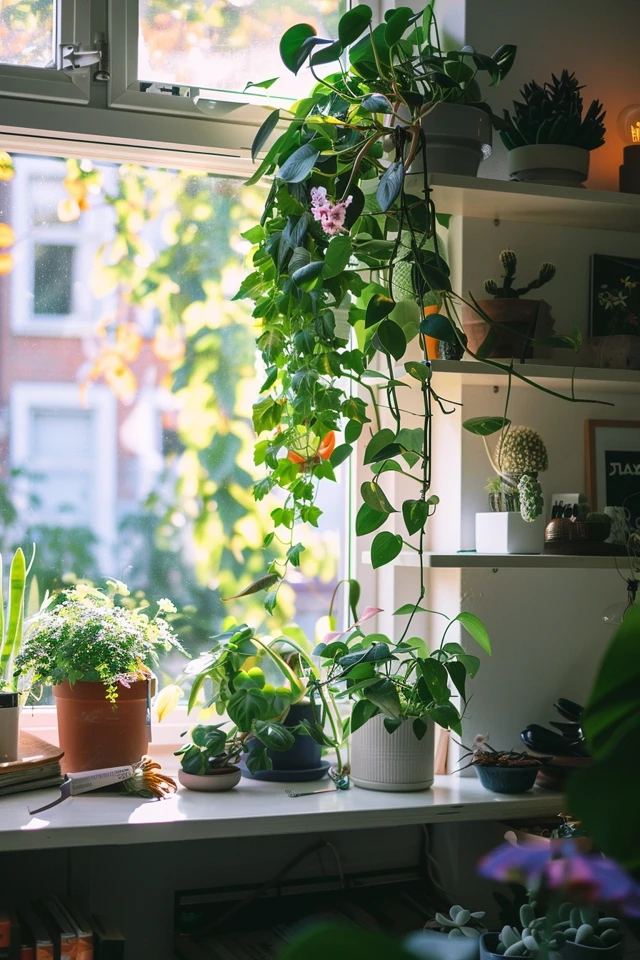
3. Create Designated Zones
Designating specific areas for different activities can enhance functionality and make the room feel more spacious and organized.
Study Zone: Set up a dedicated study zone with a comfortable desk and chair, good lighting, and all necessary supplies within reach. This area should be free from distractions to promote focus and productivity.
Sleeping Zone: Create a cozy sleeping zone with comfortable bedding, soft lighting, and calming colors. Use a room divider or curtain to separate this area from the rest of the room if possible.
Relaxation Zone: Designate a relaxation zone with a comfy chair or bean bag, a small side table, and a reading lamp. This space can be used for reading, listening to music, or simply unwinding after a long day.
Storage Zone: Allocate a specific area for storage, such as a wardrobe or closet. Keep this area organized with shelves, bins, and hooks to ensure that everything has its place.
Multi-Use Zone: If space is limited, create a multi-use zone that can serve different purposes at different times. For example, a dining table can double as a study desk or a sofa bed can serve as both seating and sleeping space.
4. Add Personal Touches
Personalizing the uni room with items that reflect individual style and interests can make the space feel more like home.
Photos and Mementos: Display photos of family, friends, and memorable moments. Use photo frames, a pinboard, or a photo collage to create a personal gallery.
Plants: Adding indoor plants can bring life and freshness to the room. Choose low-maintenance plants like succulents, snake plants, or pothos that thrive in indoor environments.
Decorative Items: Incorporate decorative items such as vases, figurines, or candles that reflect personal taste. These items can add character and charm to the room.
DIY Projects: Engage in DIY projects to create unique decor items. This can include painting a canvas, crafting a dream catcher, or making a macramé wall hanging.
Books and Hobbies: Display books, instruments, or hobby-related items. This not only adds a personal touch but also makes it easy to access and enjoy favorite pastimes.

5. Ensure Good Lighting
Proper lighting is essential for creating a functional and inviting space. It can enhance mood, productivity, and overall ambiance.
Natural Light: Maximize natural light by keeping windows unobstructed and using light-colored curtains that allow sunlight to filter through. Natural light can boost mood and energy levels.
Task Lighting: Use task lighting for specific activities like studying or reading. A desk lamp with adjustable brightness can provide focused light for the study area.
Ambient Lighting: Incorporate ambient lighting to create a warm and cozy atmosphere. Use floor lamps, table lamps, or string lights to add a soft glow to the room.
Accent Lighting: Add accent lighting to highlight specific areas or decor items. This can include LED strip lights, fairy lights, or wall-mounted sconces.
Dimmable Lights: Install dimmable lights to adjust the brightness according to the time of day and activity. This flexibility can enhance comfort and functionality.
Conclusion
Transforming a uni room into a refreshing and functional space involves thoughtful design and personalization. By incorporating multifunctional furniture, using vibrant colors and patterns, creating designated zones, adding personal touches, and ensuring good lighting, students can create a room that not only meets their practical needs but also provides a comfortable and inspiring environment.
As an architect and interior designer, I believe that a well-designed space can significantly impact well-being and productivity. A thoughtfully arranged uni room can serve as a sanctuary for studying, relaxing, and personal growth. Embrace the process of designing a space that reflects your personality and enhances your university experience. With these ideas, you can create a uni room that is both stylish and functional, offering a true home away from home.
Inspirational Pictures
